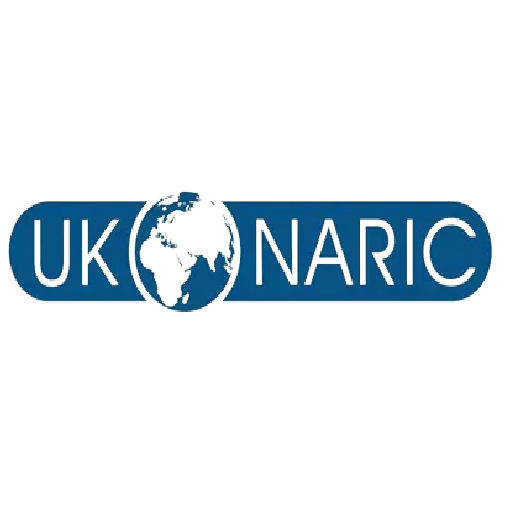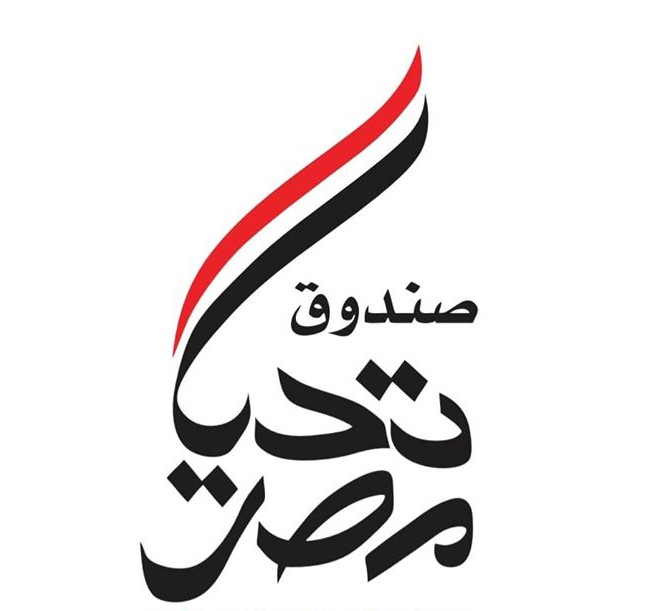The Aims of Nile International Education System
- Offer competitive, dynamic and adaptable education, assessments and examinations that are locally, regionally and globally recognized.
- Offer curriculum options and learning experiences for NIC students to successfully meet the demands and expectations of the emerging future careers.
- Ensure compliance of NIC standards across NIC network of schools
- Provide comprehensive, on-going NIC professional development and qualifications for educational personnel including teachers and education leaders.










